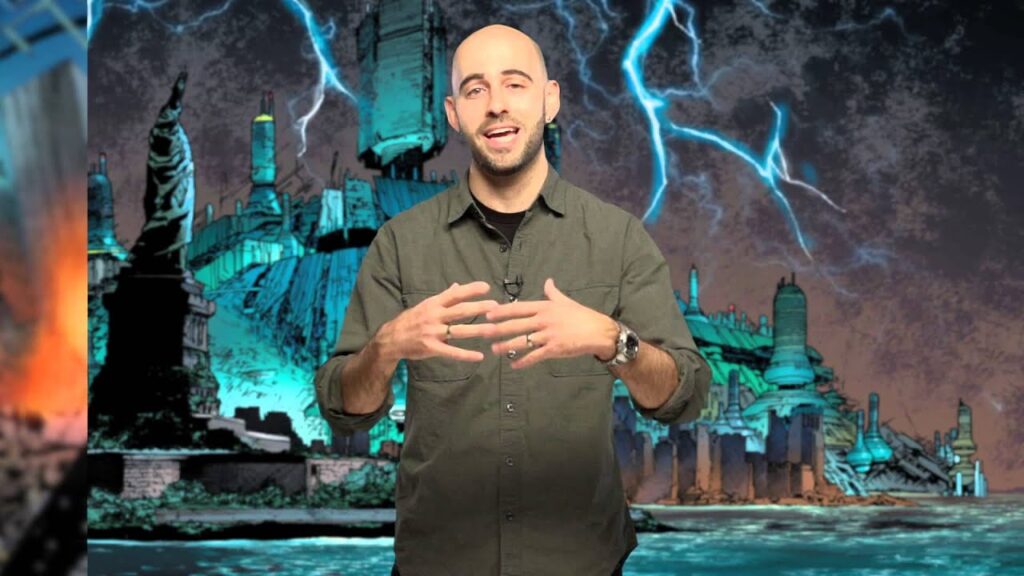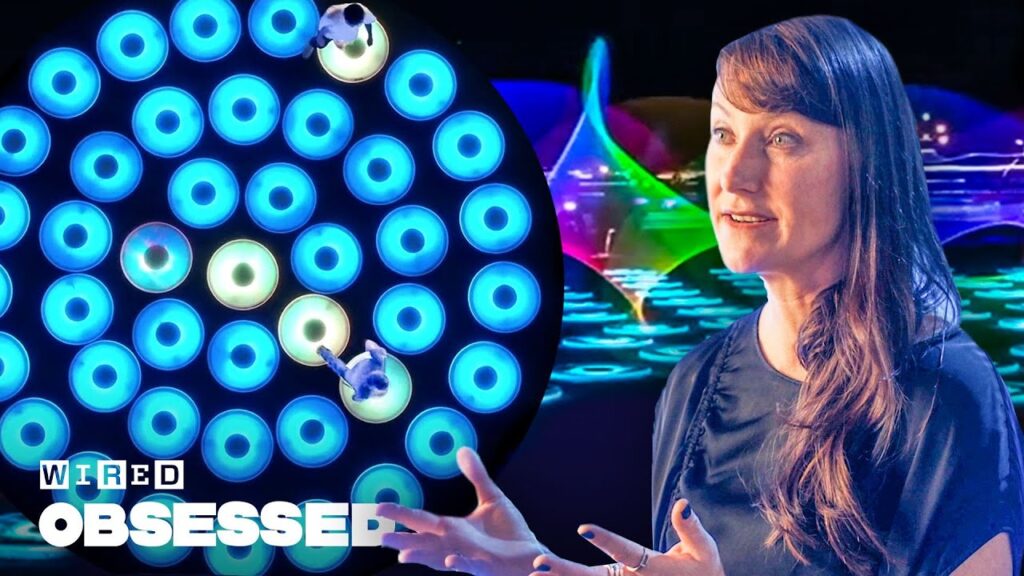Advancing Laser Technology: The Need for a Nobel Prize Winning Idea
Summary
In this article, we discuss the need for a groundbreaking idea to advance laser technology and reach the X phase. We explore the challenges of maintaining phase lock across the entire aperture and the development of adaptive optics and other technologies to improve uniformity of the phases. We also examine the progress of laser technology in various fields and its potential to take over from CERN in high energy physics. Additionally, we address the lack of female Nobel Prize winners in physics and the speaker’s experience explaining their work to students of all levels. Finally, we discuss why photonics will be the technology of the 21st century.
Table of Contents
- The Need for a Nobel Prize Winning Idea
- Challenges in Maintaining Phase Lock
- Progress in Laser Technology
- Lack of Female Nobel Prize Winners in Physics
- Experience Explaining Work to Students
- Photonics: The Technology of the 21st Century
The Need for a Nobel Prize Winning Idea
To advance laser technology and reach the X phase, we need a Nobel Prize winning idea. One possibility is combining laser beams into a coherent source. However, maintaining phase lock across the entire aperture is a significant challenge. Adaptive optics and other technologies are being developed to improve uniformity of the phases.
Challenges in Maintaining Phase Lock
Maintaining phase lock across the entire aperture is a significant challenge in laser technology. The speaker discusses the development of adaptive optics to improve uniformity of the phases. This technology involves measuring the phase errors and correcting them in real-time. Other technologies, such as deformable mirrors and spatial light modulators, are also being developed to address the challenges of maintaining phase lock.
Progress in Laser Technology
Laser technology has progressed significantly and is used in various fields, such as integrated circuitry, laser fusion, and medicine. The speaker believes that laser technology will continue to be used in a variety of applications and will potentially take over from CERN in high energy physics.
Lack of Female Nobel Prize Winners in Physics
The transcript also discusses the lack of female Nobel Prize winners in physics. Only three women have won the prize, and only one was educated in the United States. The speaker emphasizes the importance of diversity in science and the need for more women to be recognized for their contributions.
Experience Explaining Work to Students
The speaker shares their experience explaining their work to students of all levels, from elementary to graduate students and colleagues. They express their enthusiasm for talking to elementary school students who bring a lot of energy. The speaker believes that it is important to communicate science to the public and inspire the next generation of scientists.
Photonics: The Technology of the 21st Century
The speaker believes that photonics will be the technology of the 21st century, as electrons do not move as fast as light. Photonics involves the use of light to transmit information and is used in various applications, such as telecommunications and medical imaging. The speaker emphasizes the importance of investing in photonics research and development to drive innovation and advance technology.
Conclusion
In conclusion, laser technology has come a long way, but there is still much to be done to advance it further. The development of a Nobel Prize winning idea is crucial to reach the X phase and unlock the full potential of laser technology. Additionally, we must address the lack of diversity in science and inspire the next generation of scientists. Finally, photonics is poised to be the technology of the 21st century, and investing in its research and development will drive innovation and advance technology.







